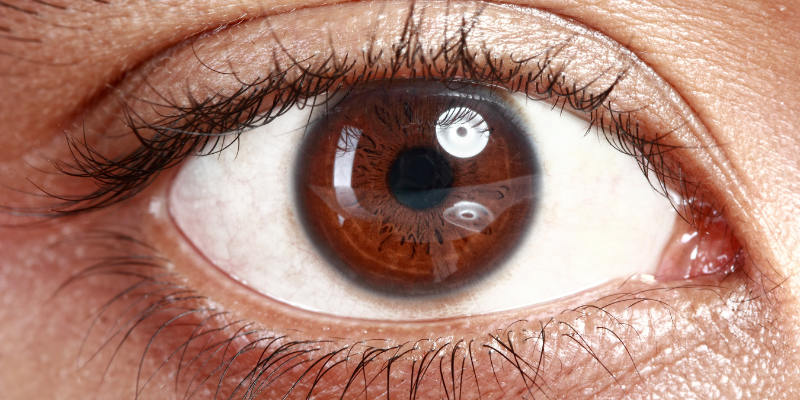Diabetic Retinopathy

What is Diabetic Retinopathy?
Diabetic retinopathy is a diabetes complication that affects the eyes. It’s caused by damage to the blood vessels of the light-sensitive tissue at the back of the eye (retina). At first, diabetic retinopathy may cause no symptoms or only mild vision problems. However, it can eventually lead to blindness. The condition can develop in anyone who has type 1 or type 2 diabetes. The longer you have diabetes and the less controlled your blood sugar is, the more likely you are to develop this eye complication. Regular monitoring and maintaining good blood sugar control can help prevent its progression.
There are two main stages of diabetic retinopathy: non-proliferative (early) and proliferative (advanced). In the early stage, there are no vision problems and treatment may not be necessary. In the advanced stage, new blood vessels may grow in the retina and cause vision problems, including vision loss, blurriness, and floaters. Proliferative diabetic retinopathy causes profound and sometimes permanent changes in the vision as the retina is damaged.
Common Diabetic Retinopathy Symptoms
The symptoms of diabetic retinopathy include:
- Blurred vision
- Floating spots
- Fluctuating vision
- Dark or empty areas in vision
- Poor night vision
- Colours appear faded or washed out
- Vision Loss
Diabetic Retinopathy Causes
When to Call a Doctor
If you experience symptoms that come on suddenly, you should call our office immediately.
Book an appointment if you suspect you suffer from Diabetic Retinopathy
Other Eye Conditions

Cataracts

Cataracts

Macular Degeneration

Macular Degeneration

Glaucoma
Frequently Asked Questions
Who is at risk for diabetic retinopathy?
Anyone with type 1 or type 2 diabetes is at risk. The longer you have diabetes and the less controlled your blood sugar is, the higher the risk.
How is diabetic retinopathy diagnosed?
Through a comprehensive eye exam, including visual acuity testing, pupil dilation to check the retina, and tonometry to measure eye pressure.
How often should I get my eyes checked if I have diabetes?
At least once a year, though your doctor may recommend more frequent exams depending on the control of your diabetes and any existing eye conditions.
Can I reverse the damage caused by diabetic retinopathy?
While some treatments can restore lost vision, especially if detected early, the primary aim is to stop or slow the progression of the disease.
How is diabetic retinopathy treated?
Treatment for diabetic retinopathy depends on the stage and severity of the condition. There are three major treatments for diabetic retinopathy, which are very effective in reducing vision loss from this disease. In fact, even people with advanced retinopathy have a 95 percent chance of keeping their vision when they get treatment before the retina is severely damaged.
